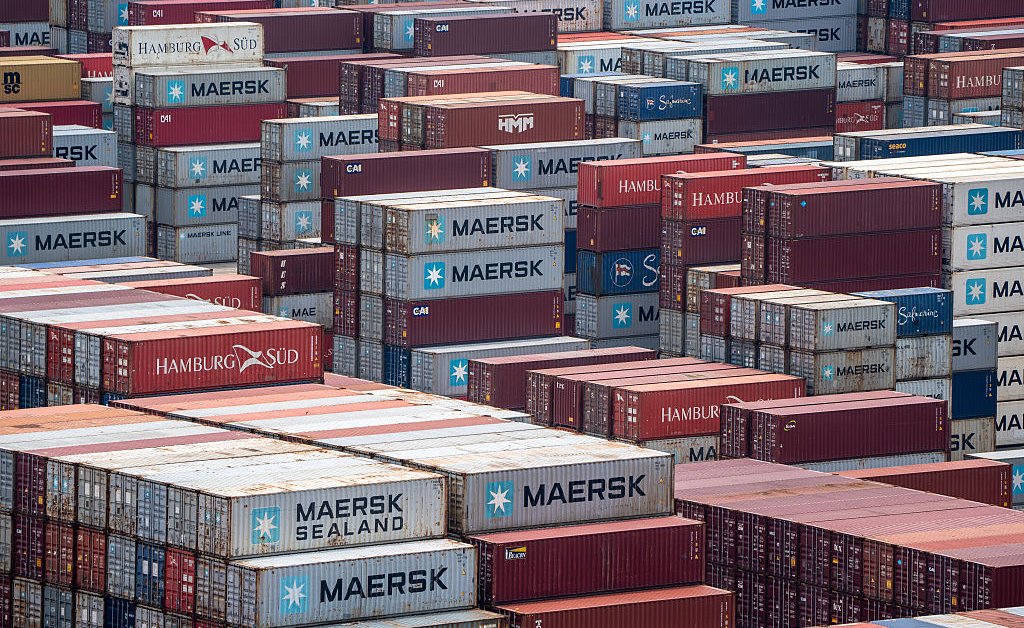Climate Action: A Silver Lining to Trade Tensions?
The escalating trade war between major global powers has cast a long shadow over international relations and economic stability. However, amidst the uncertainty, a surprising silver lining is emerging: a potential boost to climate action. While seemingly paradoxical, the disruptions caused by trade tensions could inadvertently accelerate the transition towards a greener, more sustainable global economy. This analysis explores this complex relationship, examining how trade disputes might ironically contribute to climate mitigation efforts.
The Unexpected Link Between Trade Wars and Climate Change
At first glance, trade wars and climate change appear unrelated. Trade disputes primarily focus on tariffs, quotas, and protectionist measures, while climate change addresses greenhouse gas emissions and environmental sustainability. However, a closer examination reveals subtle yet significant connections.
1. Reshoring and Regionalization: A Boost for Green Manufacturing?
Trade wars often incentivize companies to "reshor" their manufacturing processes, moving production closer to home to avoid tariffs and supply chain disruptions. This shift could inadvertently favor domestic green industries. Reshoring allows for greater oversight of environmental regulations, potentially leading to cleaner manufacturing processes and reduced carbon emissions associated with long-distance transportation. Furthermore, regionalization of supply chains reduces reliance on carbon-intensive global shipping networks.
2. Investment in Domestic Green Technologies: A Necessary Shift?
Facing uncertainty in global markets, countries may prioritize investments in domestic green technologies to enhance energy independence and reduce reliance on foreign suppliers of fossil fuels. This increased investment could accelerate the development and deployment of renewable energy sources, electric vehicles, and energy-efficient technologies, ultimately mitigating climate change.
3. Focus on Sustainability Standards: A Competitive Advantage?
Trade tensions can pressure countries to adopt stricter environmental regulations and sustainability standards to gain a competitive edge. Companies might prioritize eco-friendly practices to attract consumers concerned about environmental issues, leading to a broader adoption of sustainable business models and a reduction in the overall environmental footprint. This creates a "race to the top" in environmental performance.
Challenges and Cautions: The Dark Side of the Coin
While the potential benefits are noteworthy, it's crucial to acknowledge the potential downsides:
1. Protectionism Stifling Green Innovation: A Double-Edged Sword
Protectionist measures, while potentially boosting domestic green industries, could also stifle innovation by limiting access to global markets and technologies. This could hinder the rapid advancement and widespread adoption of crucial climate-friendly solutions.
2. Increased Carbon Emissions from Inefficient Production: The Unintended Consequence
Reshoring, if not managed effectively, could lead to increased carbon emissions if domestic production lacks the same energy efficiency and environmental standards as overseas competitors. This would negate the intended environmental benefits.
3. Economic Instability Undermining Climate Investments: A Major Hurdle
The economic uncertainty generated by trade wars can negatively impact government budgets and private sector investment, reducing the resources available for climate action initiatives. This could severely hinder progress towards climate goals.
Conclusion: Navigating the Complex Landscape
The relationship between trade tensions and climate action is undeniably complex. While trade wars present certain opportunities for accelerating the transition to a green economy through reshoring, increased domestic investment in green technologies, and a focus on sustainability standards, they also carry significant risks. Protectionist measures can stifle innovation, inefficient domestic production could increase emissions, and economic instability can undermine climate investments.
The key lies in navigating this complex landscape strategically. Policies should focus on fostering sustainable and inclusive growth, promoting international cooperation on climate change, and ensuring that reshoring efforts prioritize environmental sustainability. A well-managed transition, prioritizing green technology development and environmentally sound practices, can turn this unexpected link into a genuine catalyst for climate action. Ignoring the potential pitfalls, however, risks exacerbating the climate crisis while damaging global economic stability. The challenge lies in harnessing the potential benefits while mitigating the risks, ensuring that trade policy and climate action work in synergy rather than in opposition.
